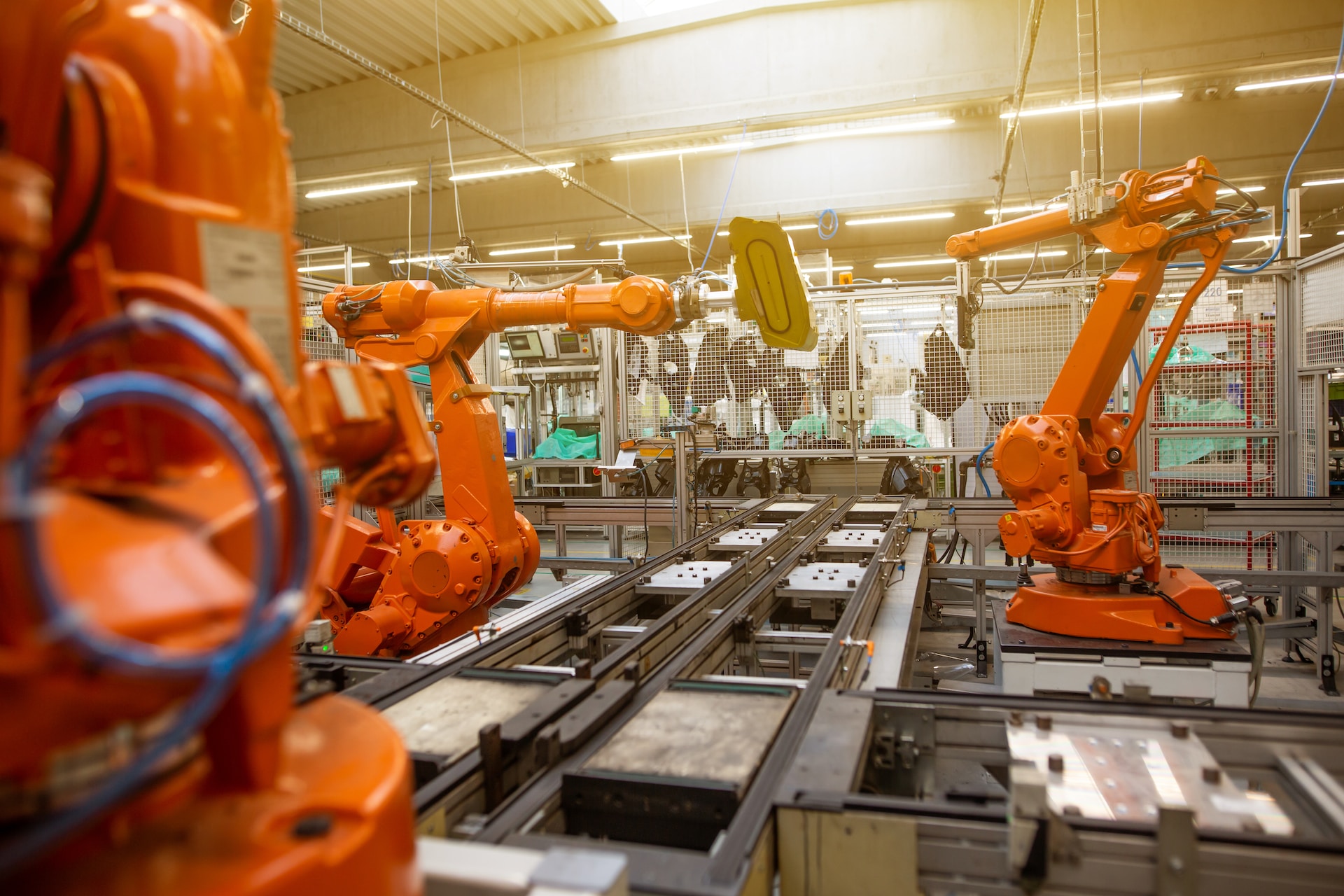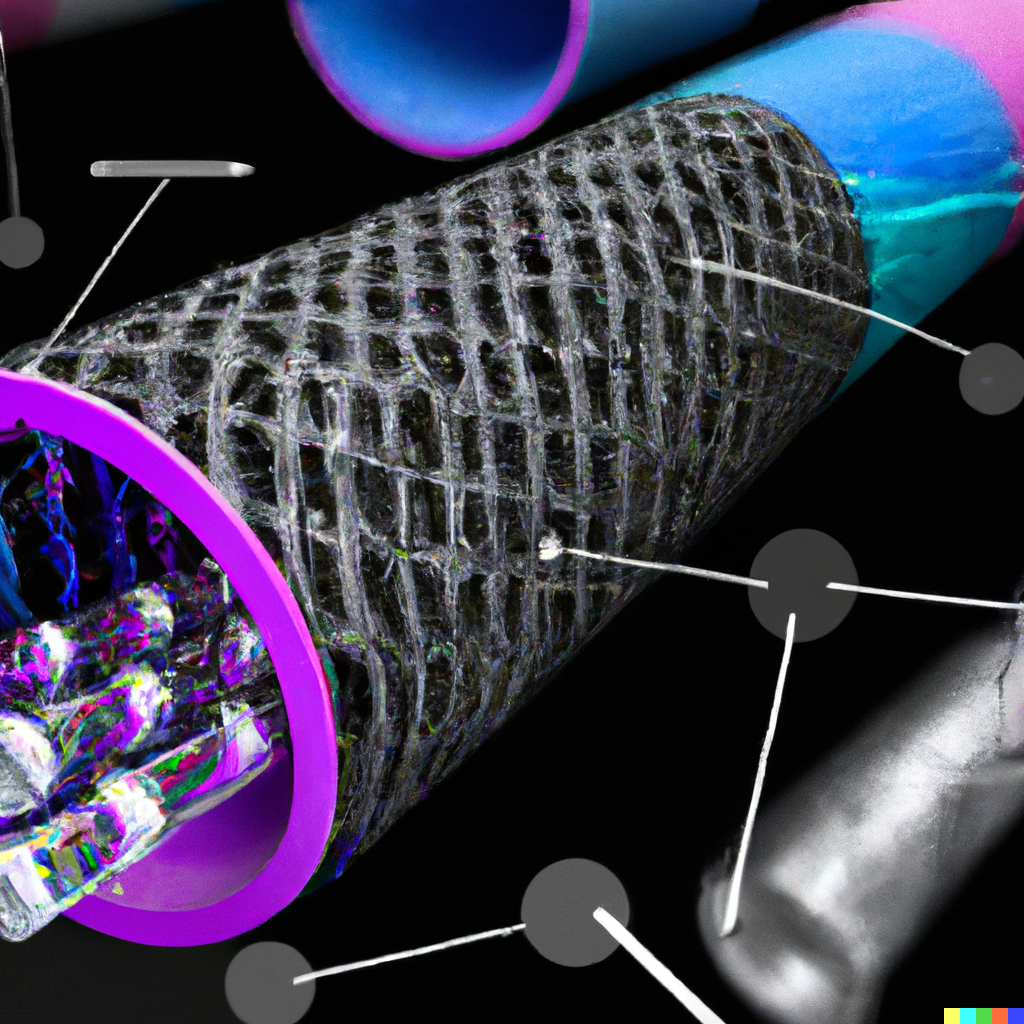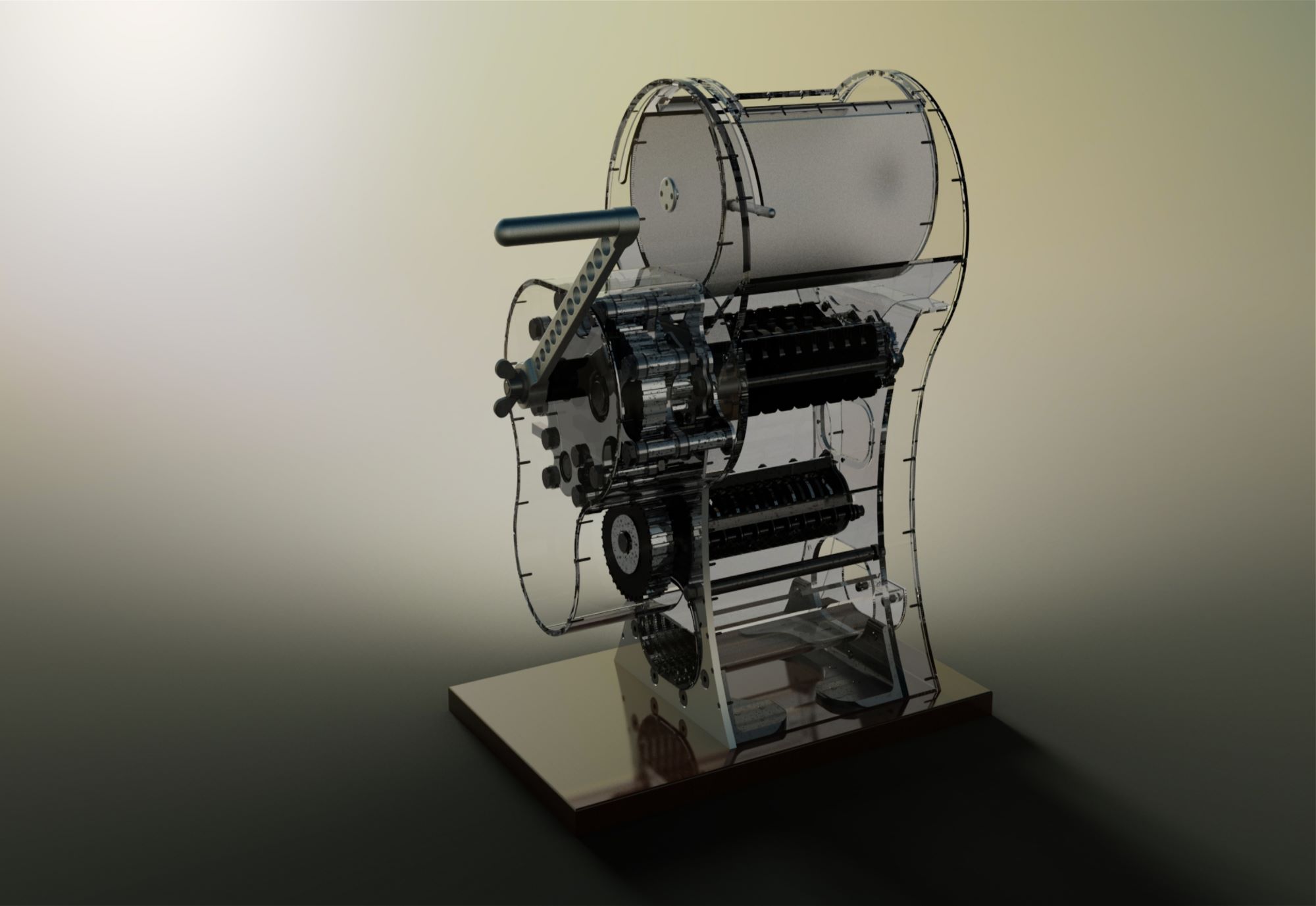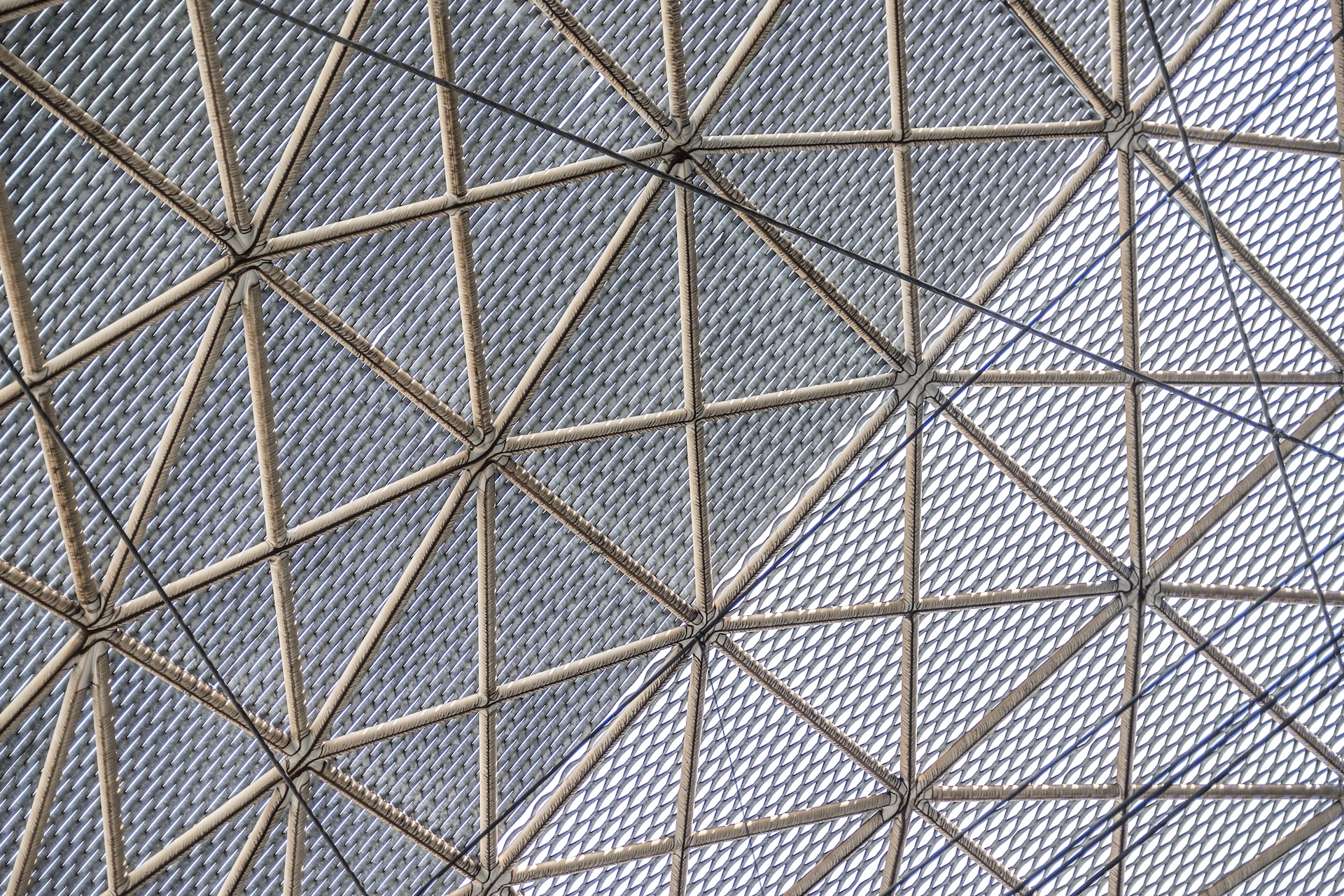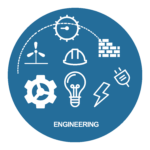About
The Mechanical Engineering research area investigates:
– Process engineering/chemical processes: Involves optimizing industrial processes for efficient conversion of raw materials into valuable products, utilizing principles from chemistry and engineering.
– Mechanical construction including biomechanics: Focuses on designing and analyzing mechanical systems and structures, considering biomechanical principles for applications ranging from machinery to prosthetics.
– Applied thermodynamics: Utilizes thermodynamic principles to analyze and optimize energy systems and processes, encompassing areas such as heat transfer, energy conversion, and power generation.
We use scientific methods to solve both fundamental and applied mechanical engineering issues. Our research covers the key aspects of the complete product life cycle. We collaborate closely with industrial partners.
The four groups contributing to this research area undertake different aspects of product design.
1/ The high-performance manufacturing research team supports industry to increase manufacturing competitiveness by investigating innovative assembly technologies and processes, producing results that are directly applicable in industry. Laser joining of dissimilar materials, robotics research, and lean manufacturing are developed within this branch.
2/ Drawing on their knowledge of science and mathematics, our chemical and process engineers develop functional and economical environmentally-friendly processes to convert raw materials, including for the production of green hydrogen.
3/ In engineering design, we use finite element methods and structure optimisation for 3D CAD(Computer-Aided Design software) modelling and numerical analyses. We also explore additive manufacturing technology. This branch encompasses Fab@Uni and its many related projects.
4/ Our mechanical construction team designs structural components based on intuition, experience, and creativity, while also deploying powerful CAD-tools. These components are iteratively redesigned based on the results of static and cyclic loadings. Biomechanics studies related to prosthesis are developed as part of this branch.
